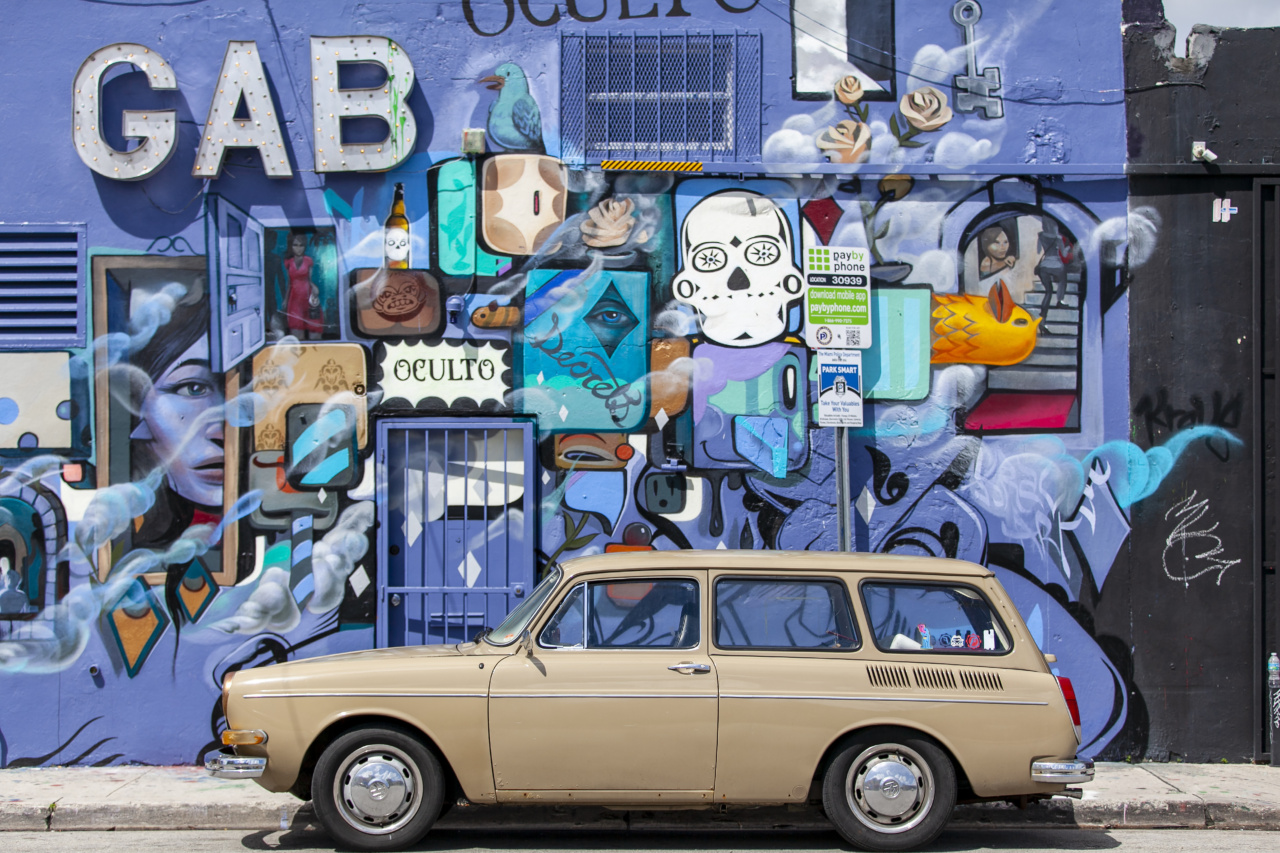Art has been a medium for humans to express their emotions, experiences, and ideas since time immemorial. It has gone through many changes, movements, and styles to depict the concerns and realities of different eras.
One common theme that has emerged from art is the depiction of hardening. Hardening is when a person or a society becomes more rigid, intolerant, and less flexible to change.
Depiction of Hardening in Art
Art has been a way to convey the changes in society and how hardening affects it. The visual representations in art depict the symptoms of hardening that people experience in their daily lives.
Some of the most evident visual manifestations of hardening in art include;.
Censorship
One of the most significant manifestations of hardening in art is censorship. When societies become more rigid, they become intolerant of art that challenges their beliefs and values.
Governments and other organizations censor art that they deem offensive or inappropriate. For example, during the Soviet era, many artists were censored, and their works were banned due to the Soviet policy of socialist realism. As a result, many artists had to compromise their artistic integrity to conform to the State’s policy.
Similarly, many Islamic societies censor art that contradicts their religious beliefs.
Show of force
Another visual representation of hardening is the display of military power. When societies become more rigid and hostile, they turn to military power as a show of strength.
This is evident in many communist societies that displayed their military might in parades to show their strength to the world. Similarly, many fascist societies, such as Nazi Germany, focused heavily on the display of military strength.
Use of Symbols
Symbols are a powerful tool in art for conveying ideas and emotions. The use of symbols in art can show how societies become more rigid and intolerant.
For example, during the Nazi era, the swastika was used to depict power and strength, while the Star of David was used to symbolize the Jewish community. Similarly, in communist societies, the hammer and sickle symbolized the power of the working class.
Use of Propaganda
Propaganda is another visual manifestation of hardening. When a society becomes more rigid, it resorts to propaganda to control its citizens’ beliefs and values.
Propaganda is a way to manipulate people’s emotions and opinions to gain control and power. For instance, during the communist era in China, Mao Zedong used propaganda as a tool to control the population and maintain his power base. He used art to show the power of communism and the achievement of social and economic equality.
Monumental Architecture
Monumental architecture is another visual representation of hardening. When societies become more rigid and authoritarian, they tend to build large and imposing structures to reflect their power and status.
For example, in the Soviet Union, many imposing buildings, such as the Palace of Soviets, the Lenin Mausoleum, and the Olympic Stadium were built to show the Soviet Union’s power and glory. Similarly, in Nazi Germany, large and imposing buildings such as the Reich Chancellery were built to reflect the power of the Third Reich.
Art in Resistance to Hardening
Art has also been used as a tool to resist hardening and oppression. It is a way to challenge the status quo and express dissenting opinions. Resistance art challenges and confronts issues of oppression, inequality, and injustice.
It provides hope and inspiration to those who are oppressed and marginalized. Some of the prominent examples of resistance art include;
Political Graffiti
Political graffiti is a visual representation of resistance to hardening.
Graffiti artists use walls and public spaces to express their dissenting opinions and challenge the status quo. Graffiti art has been used by activists worldwide, from the Arab Spring to the Black Lives Matter Movement in the United States.
Performance Art
Performance art is another form of resistance art. It challenges the boundaries of traditional art forms and reflects social and political issues.
Performance artists challenge the oppressive structures of society and confront issues such as racism, sexism, and social inequality. Their performances aim to raise awareness and provoke change.
Conclusion
Hardening is a visual manifestation of societies becoming rigid, intolerant, and less flexible to change. Art is a way to depict these changes and their impacts on people’s lives.
The visual representations in art show how hardening affects censorship, show of force, symbols, propaganda, monumental architecture, and resistance art. Resistance art challenges and confronts issues of oppression, inequality, and injustice and provides hope and inspiration to those who are oppressed and marginalized.































